ж∞іжЫЬжЧ•, 7жЬИ 27th, 2011...8:57 AM
Azabu-Juban walking guide Part2
Reading time: About 6 minutes
Azabu-Juban walking guide Part2Next, we went to search the “Kimichan statue”.
On the way I decided to walk into the street that is on the right side of the street, facing opposite from Roppongi. Then I found another interesting sign.
I can see the words “Chimney” and “Cupcake”. I wonder how they are connected.
I don’t know the origin of the name (maybe the shape?) but it was a cupcake. The surrounding was soft like a tube cake, and a mix of fresh cream and custard cream was inside. Rough sugar was placed on the bottom of the cupcake and that seemed like another point to enjoy. There were other types but we had the plane. I liked this cupcake so I might come again.
I was tired from the walk so I rested on the terrace seat, and he brought us cold water. Our fatigue was gone after being healed by the sweet cake and the store’s hospitality.
We couldn’t find the “Kimichan statue” on our own so we asked people how we can get there.
It is in the Patio Street beside the main street. The picture is the “Kimichan statue”. The way to get there is facing Roppongi on the Main Street and turn to the left of “Mamegen” and after a short walk. The way to get there is actually pretty easy so I’m sure you can find it.
This “Kimichan” is the main character of a famous, sad true Japanese tale called “Akai Kutsu” (Red shoes) by Noguchi Ujou.
гААWhen “Kimichan” was a baby, she was adopted by an American missionary. It was a very hard time so there must have been many reasons. Her real mother, named Kayo, believed that “Kimichan” was living happily in America. However, “Kimichan” had tuberculosis so she couldn’t go to America with the missionary. “Kimichan” died when she was 9 years old in the orphanage located at a place which is Juuban Inari Shrine today.
Her parents did not know “Kimichan” couldnвАЩt go to America but Noguchi Ujou heard this story and wrote the famous tale.
The “Patio Juban” where “Kimichan” is, is a small square and there are several benches. The scenery is pretty nice so there were people resting and some people were eating lunch. Please check it out on a walk on a sunny day. It’s a really nice place. Also, you can enjoy different scenery from the main street.
This time, walking away from the “Kimichan statue” from the corner of “Mamegen”, you can see the Juban Inari Shrine.
It is a rather small shrine but there were people visiting even though it was a weekday.
A frog was enshrined beside the stairs. It is told that this frog protected Yamazaki residence by blowing water from its mouth in the great fire in 1821. From the word kaeru (frog), it is believed that there are various grace such as becoming young, happiness coming back, going home safely, etc. (Kaeru also means to return).
We also prayed here.
This is a rare treasure ship in Japan. It is told that it will bring good luck. You can also see all the seven deities of good luck so try searching for them.
I found such prayer for Tanabata. It warmed my heart up. We also pray for an early reconstruction of the disaster area.
Next we will head to Zenpuku-ji.
This is a street that passed the “Kimichan statue” vertically from the main street. There are several shops here also. The sign of a Korean restaurant with the cow is absurd and shocking. There are various discoveries in a walk.
After walking straight on this street, you can see Zenpuku-ji approach on the right.
This is the entrance of the approach.
It is a splendid gate! The unique shaped building behind the gate also attracts attention.
The ground and the main temple was both very large.
We found a very big ginkgo tree. It is the biggest in Tokyo and it also took damage in the Tokyo air strike. It still did not lose the solemnity. Since the roots have grown out of the ground and the branches are growing towards the ground it is also called the вАЬSakasa IchouвАЭ (upside-down ginkgo). You can feel the powerful nature while being in the city. It is also designated as the natural monument and it is something we want to protect forever. Please try seeing this ginkgo tree.
Next we went to Arisugawa no Miya memorial park. It is slightly far from the Azabu-Juban shopping street.
We saw summer scenery in the flower shop on the way. It was a hot day so it made us slightly cool.
This monument used to be a Zelkova tree that used to be loved by the people for a longtime, revived into a local symbol. The warmth of the local people can be seen.
After crossing the traffic light across this avenue, turn right and you will get to Arisugawa no Miya memorial park.
It is a park filled with nature that lets you forget you are in the city. Many children were playing in the square. It seems like it is also a place for the mothers to communicate.
How about you come here when you are tired of work and you need to be healed, you want to have a calm walk, or you want to enjoy forest bathing. It is also a perfect place to read on a sunny day. There is also a pond and the scenery is great.
Next, we will head to Roppongi.
The atmosphere has completely changed and it is the scenery of the city. You can also see the Tokyo Tower.
We found another healing garden even in Roppongi with many high-class stores. When people are in the city, they do seem to seek healing of nature.
Next we went to Haiyuuza Gekijou of Roppongi. This theatre was built in 1954 for the Haiyuuza troupe to perform their new plays. After half a century, it has become the place of creation of theatre art of modern plays.
Since we arrived at Roppongi, todayвАЩs walk is over.
We were able to talk with many people from Azabu-Juban to here. Everyone told us the way if we asked for the way. Some people even cared for us since it was a hot day. We were able to feel the warm personality of the people from the downtown.
We hope you protect a homely, healthy, and clean city as it is stated on the Juban rule.
I hope everyone will enjoy the encounter with the warm people of Azabu-Juban.
вЦ†Related Post
*Azabu-Juban walking guide Part1









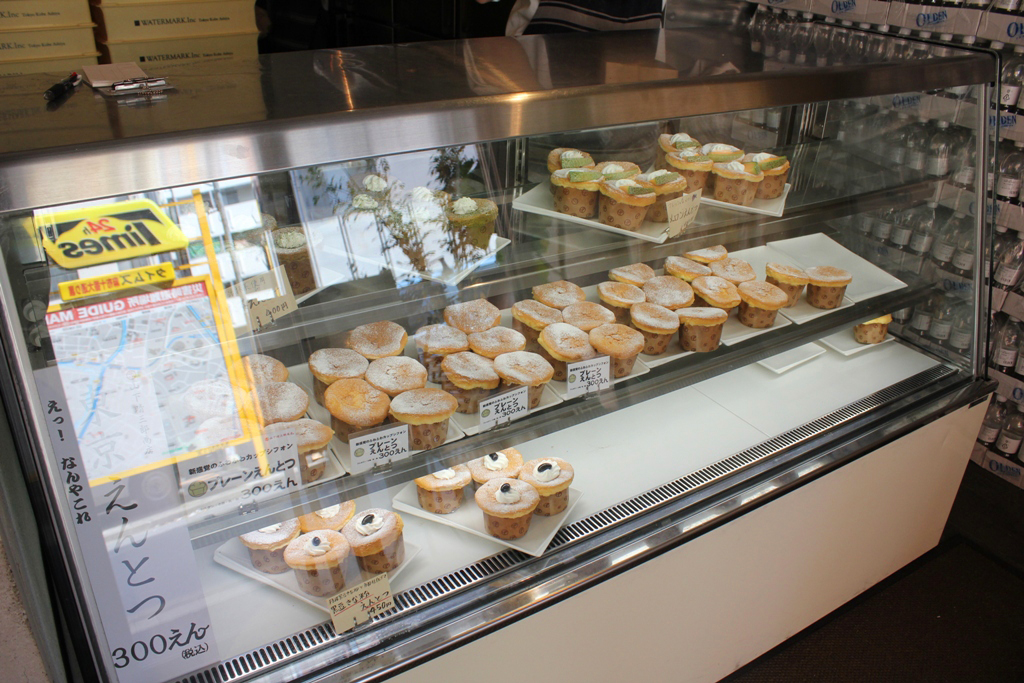
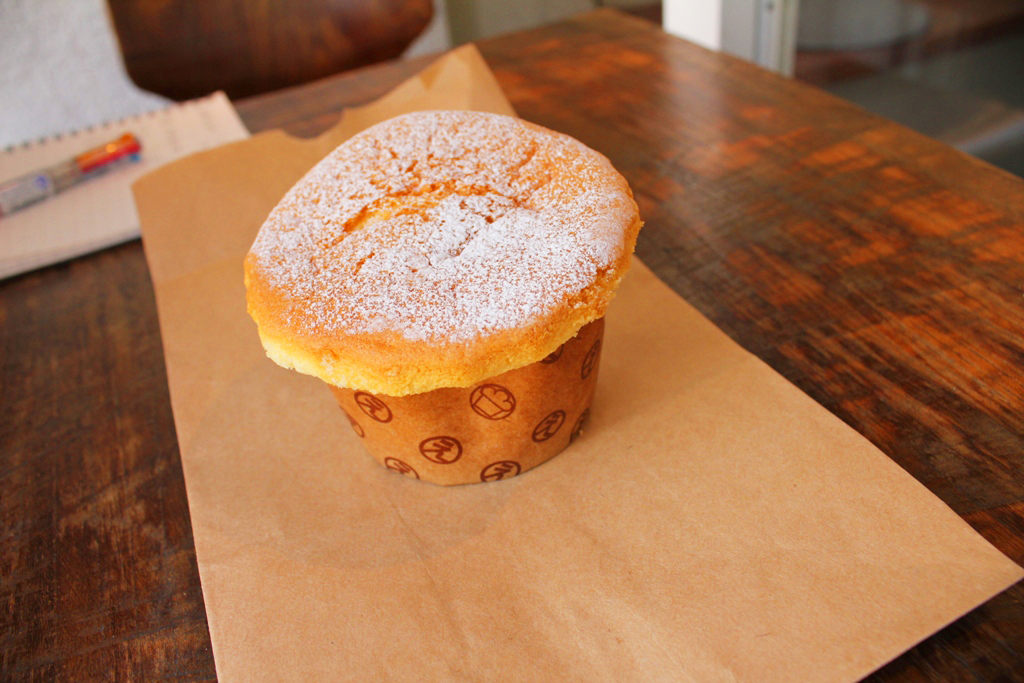
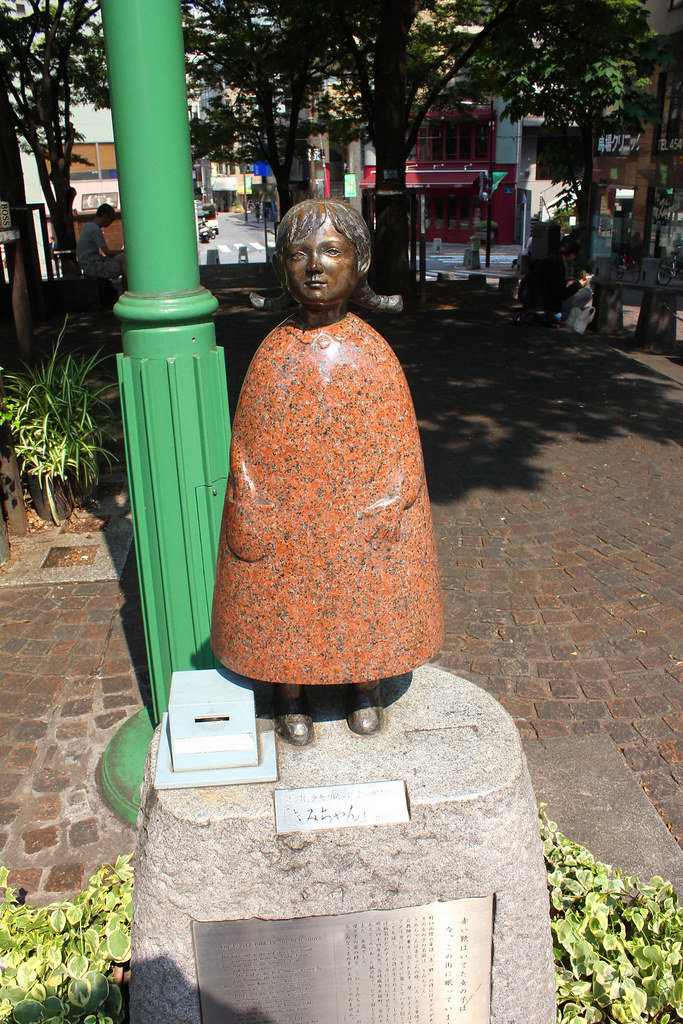
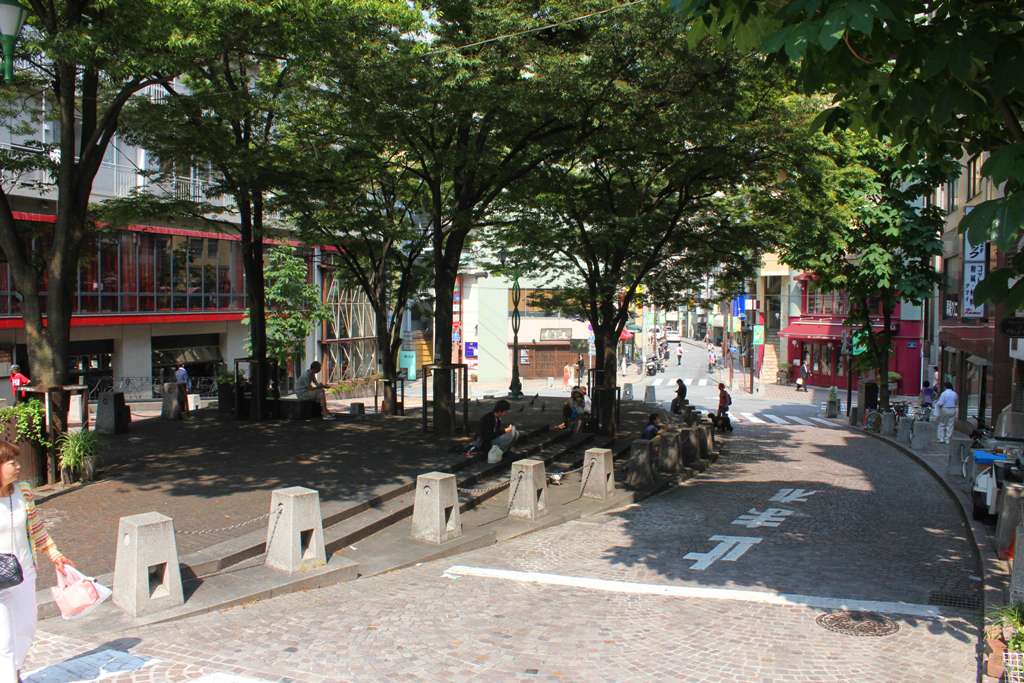
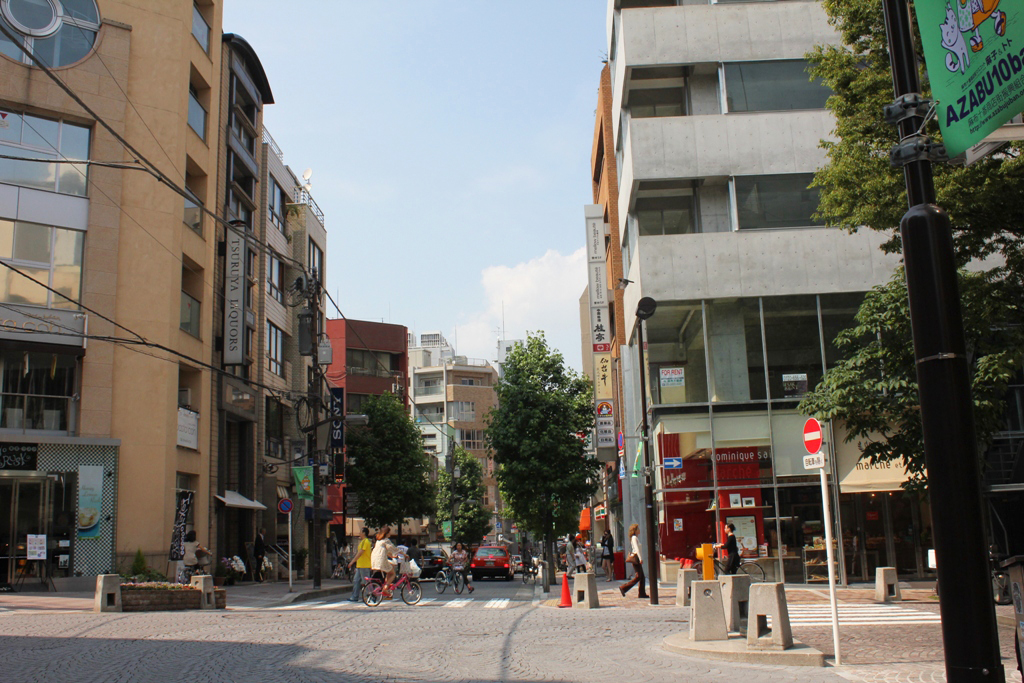
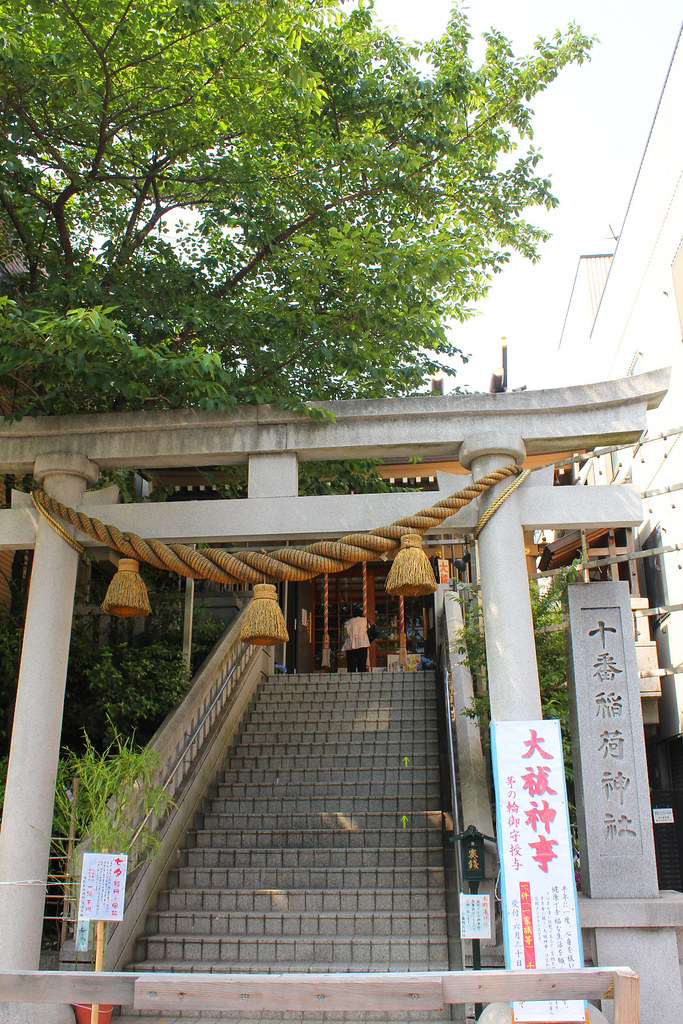

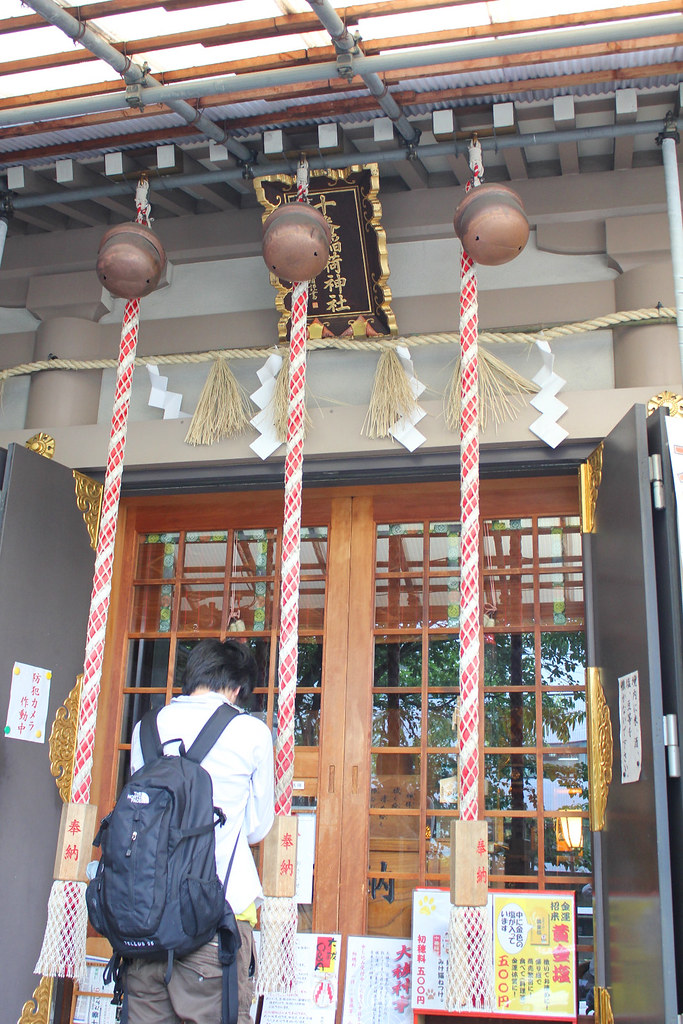
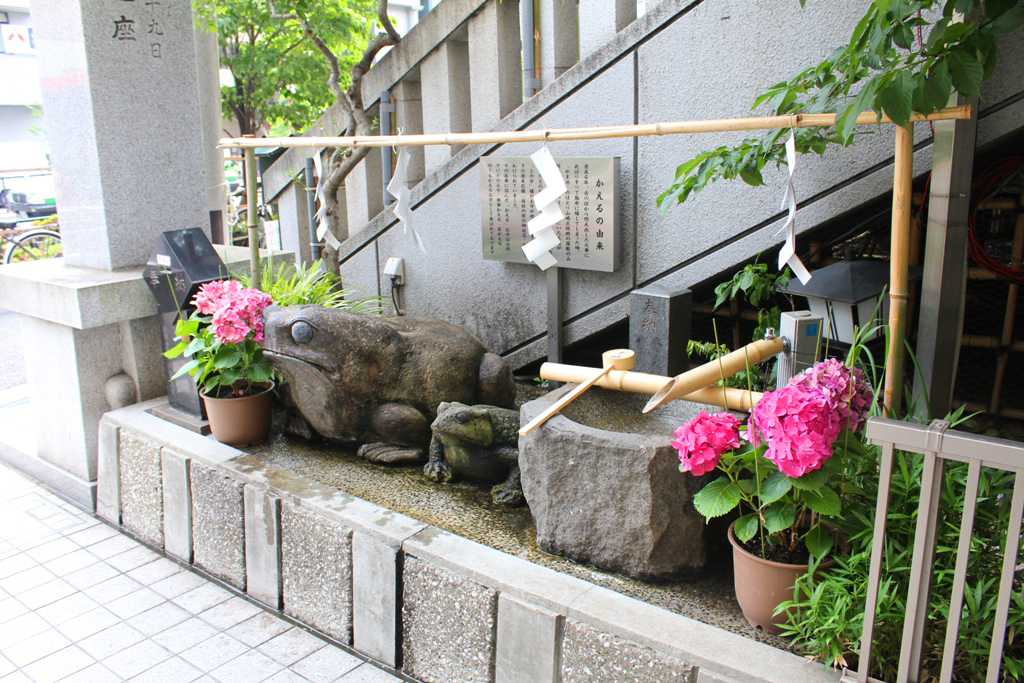
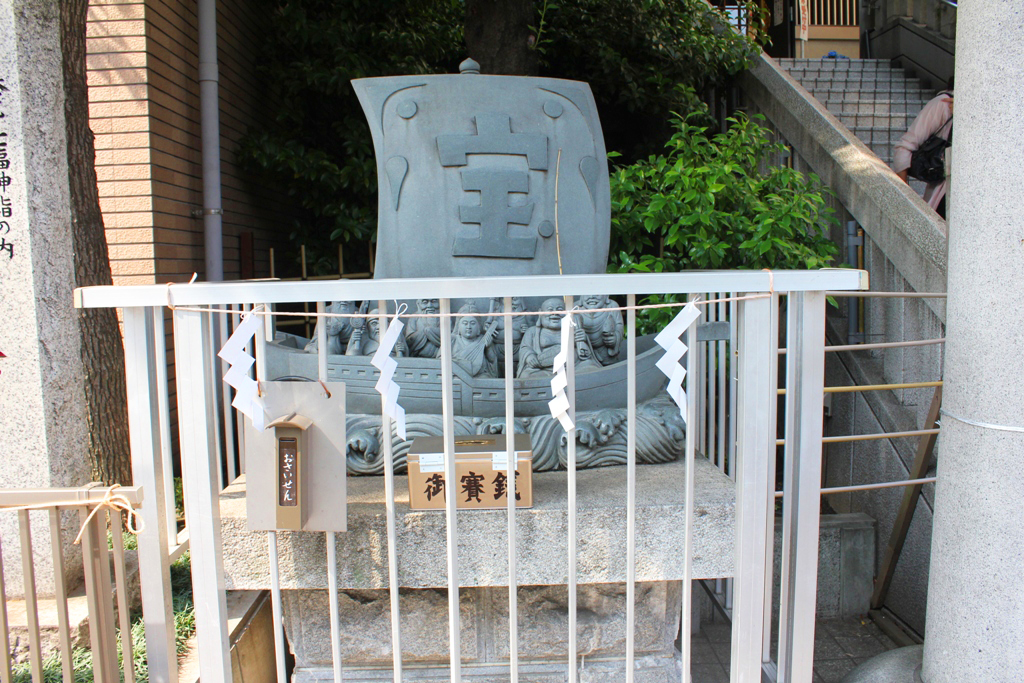
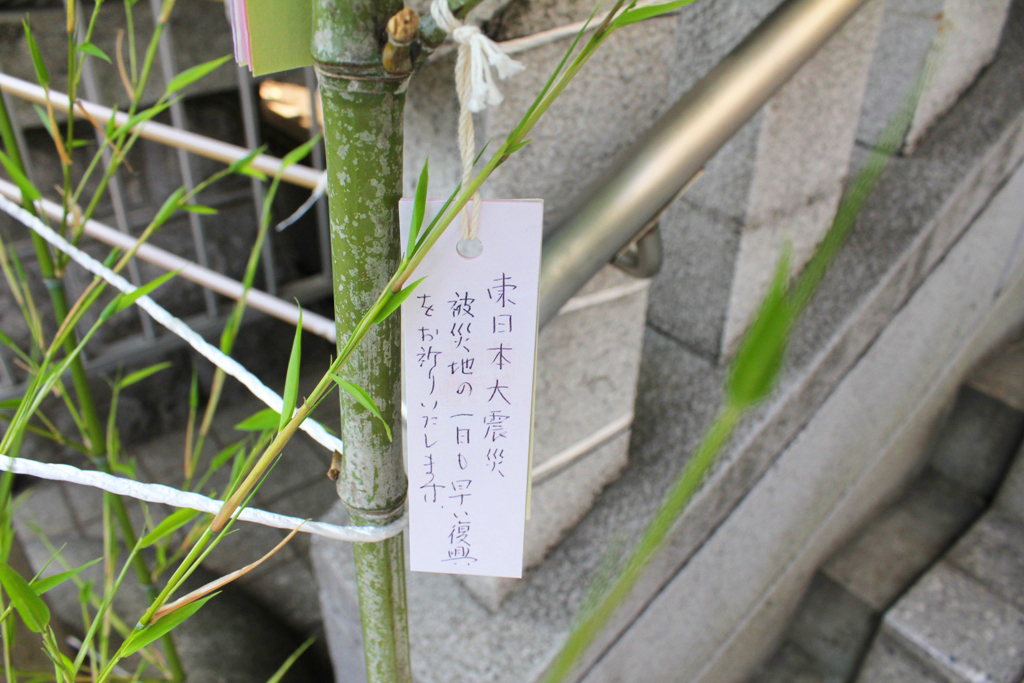
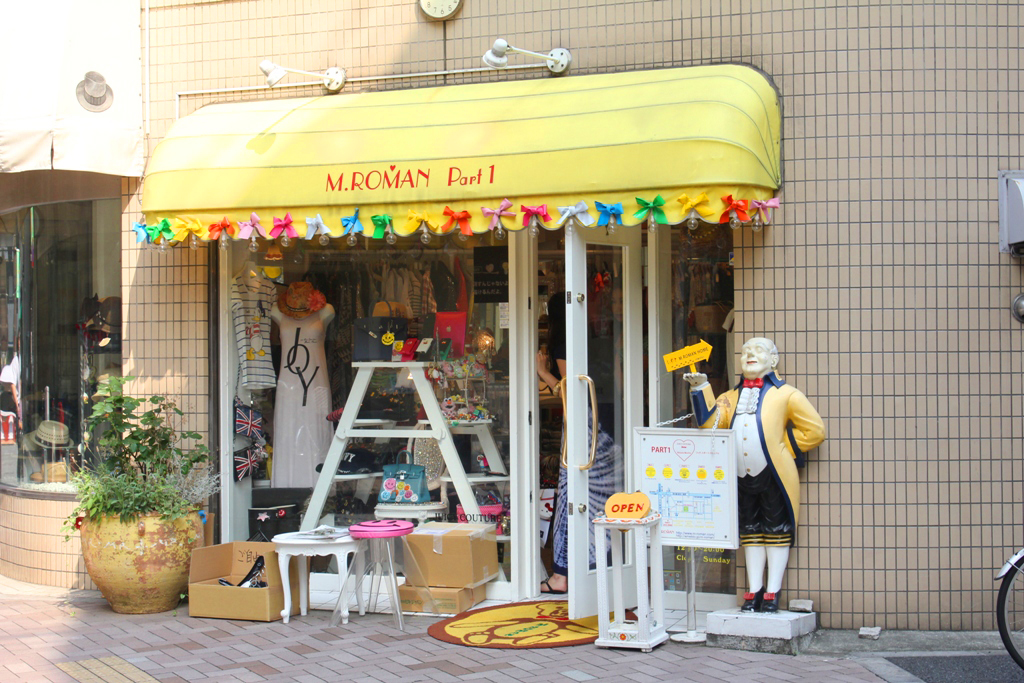
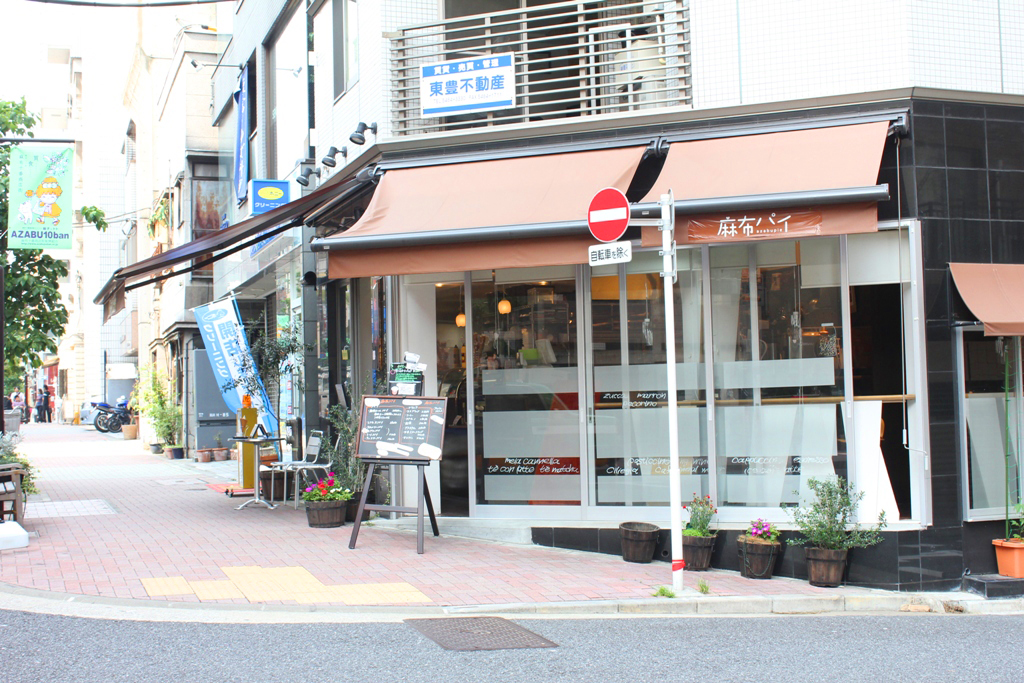
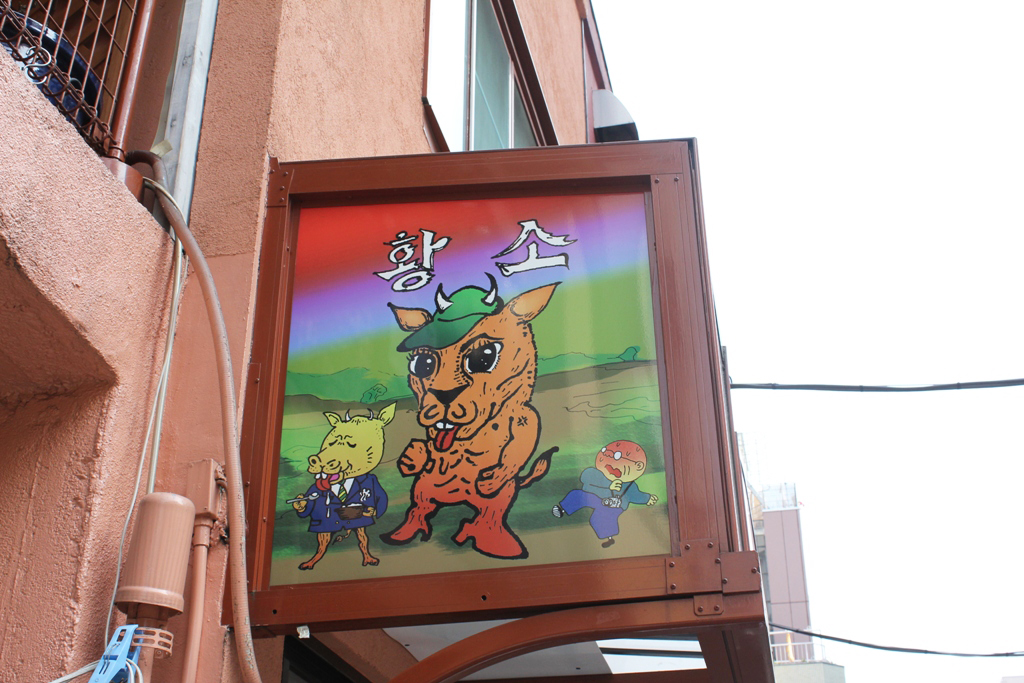
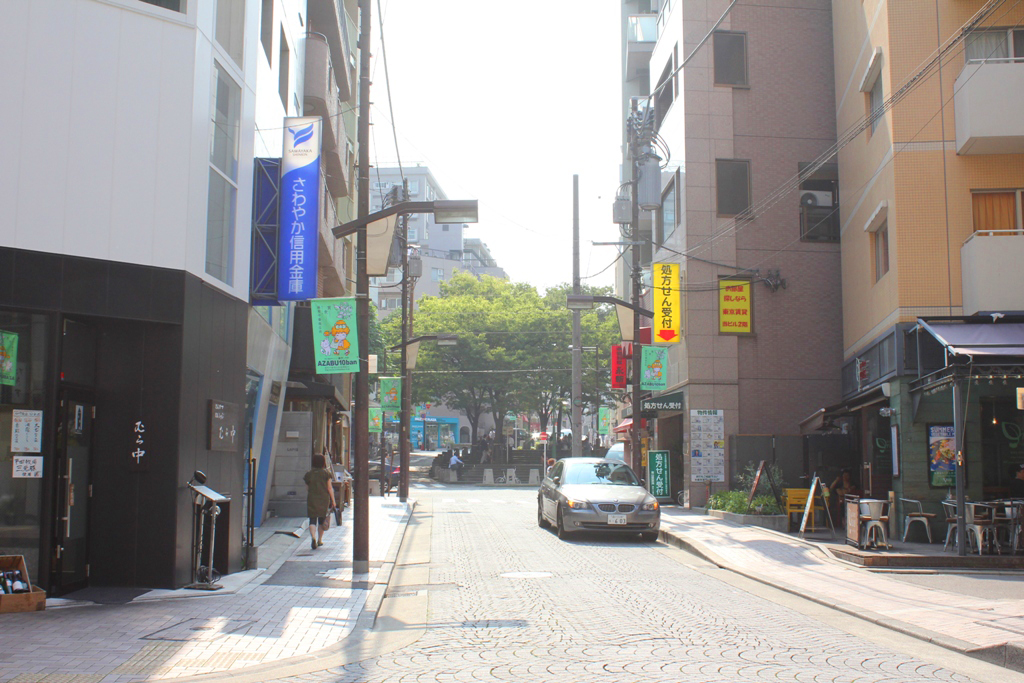
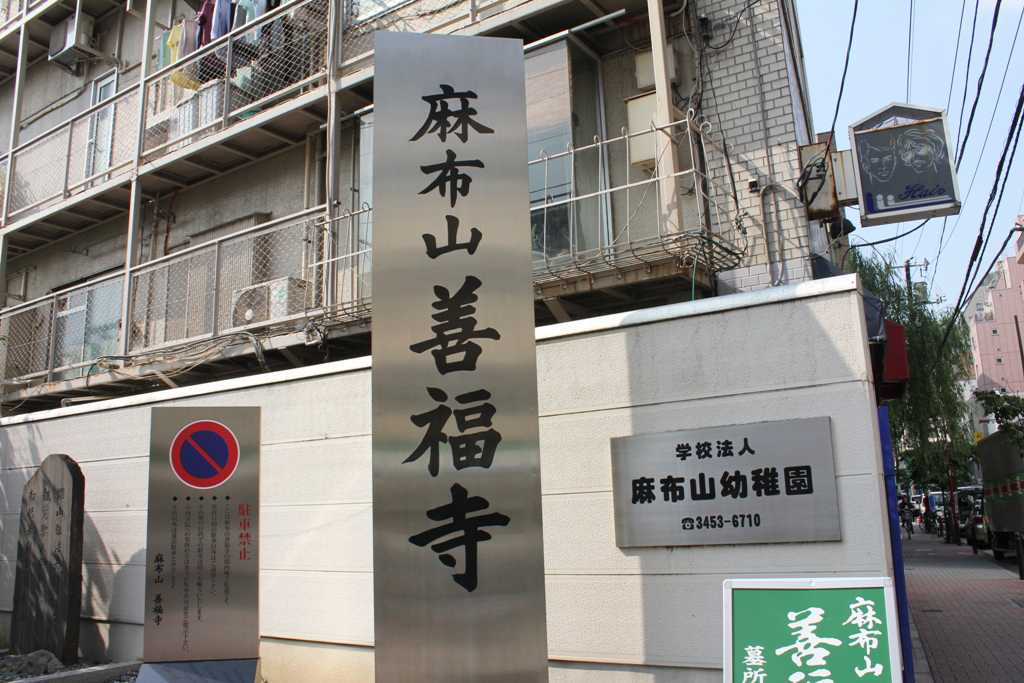
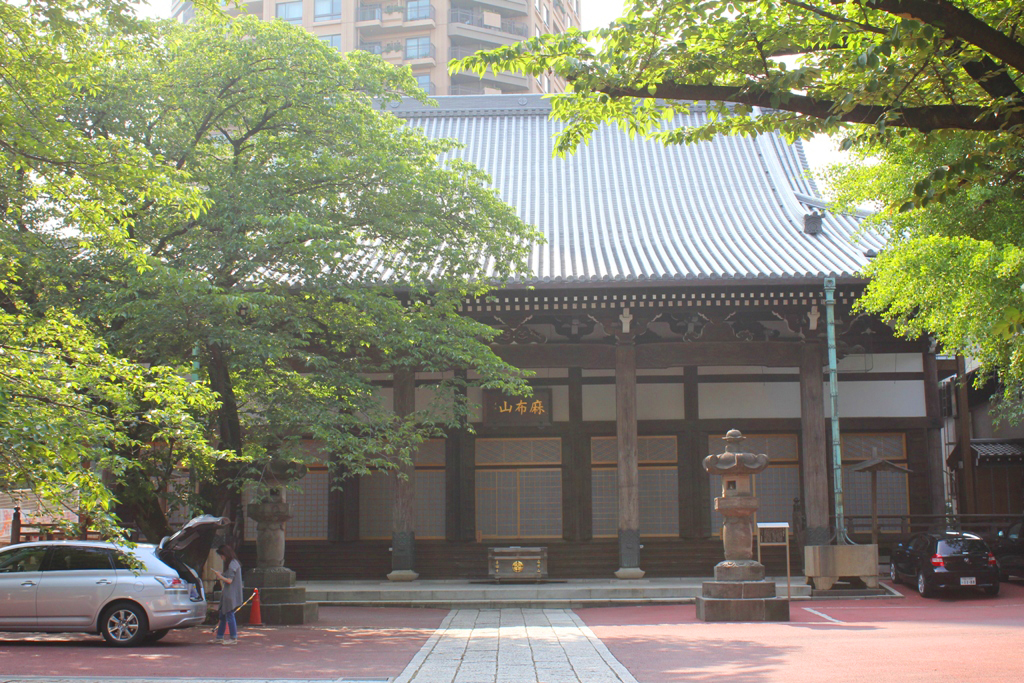
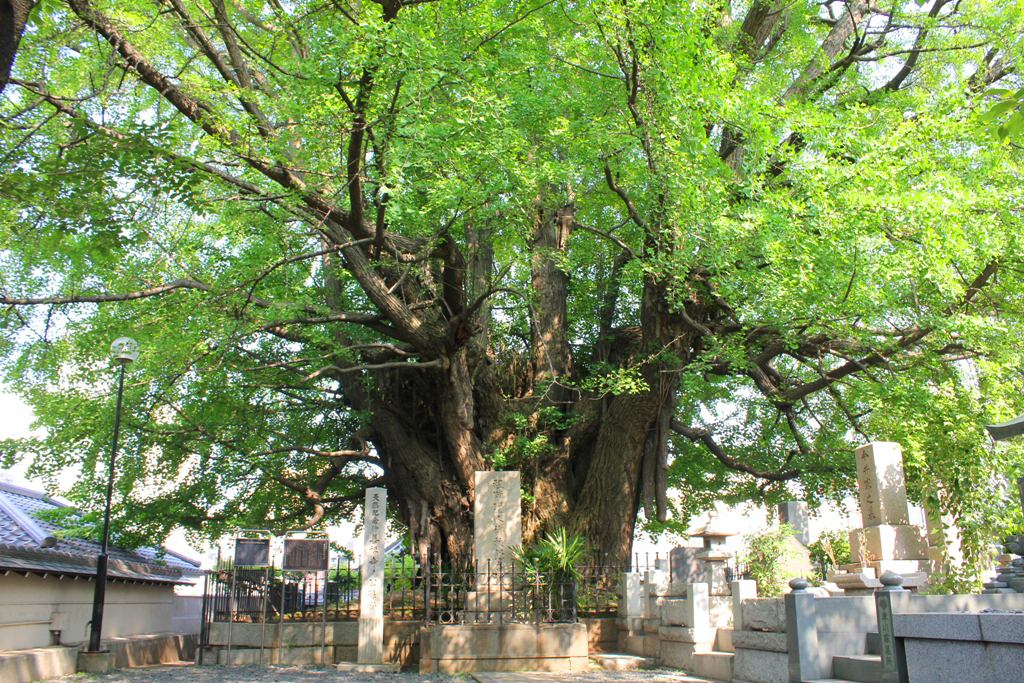
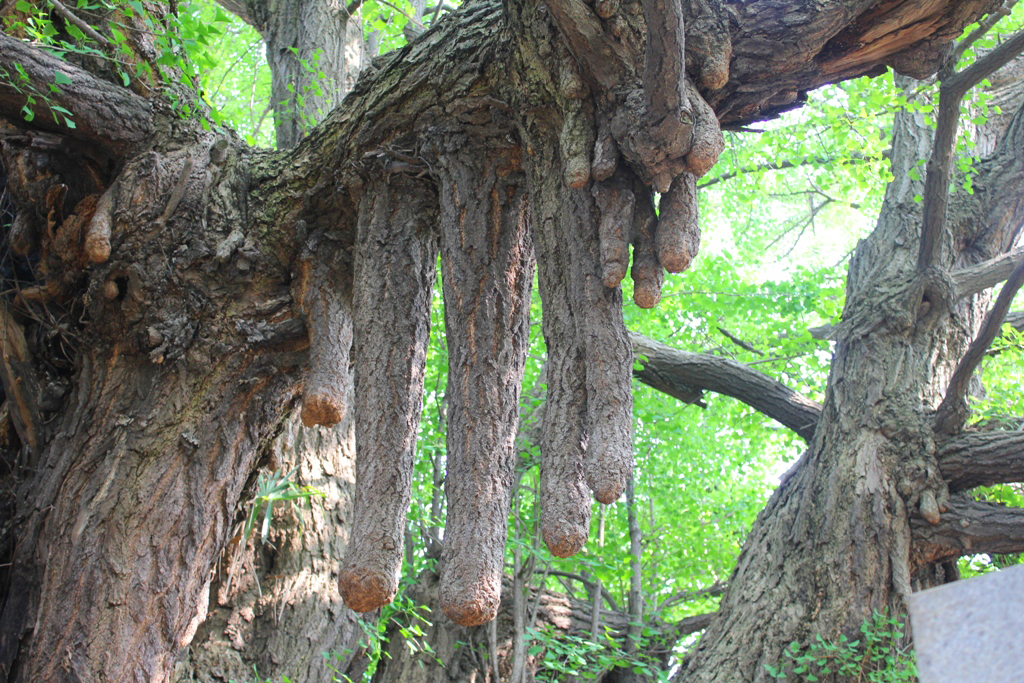
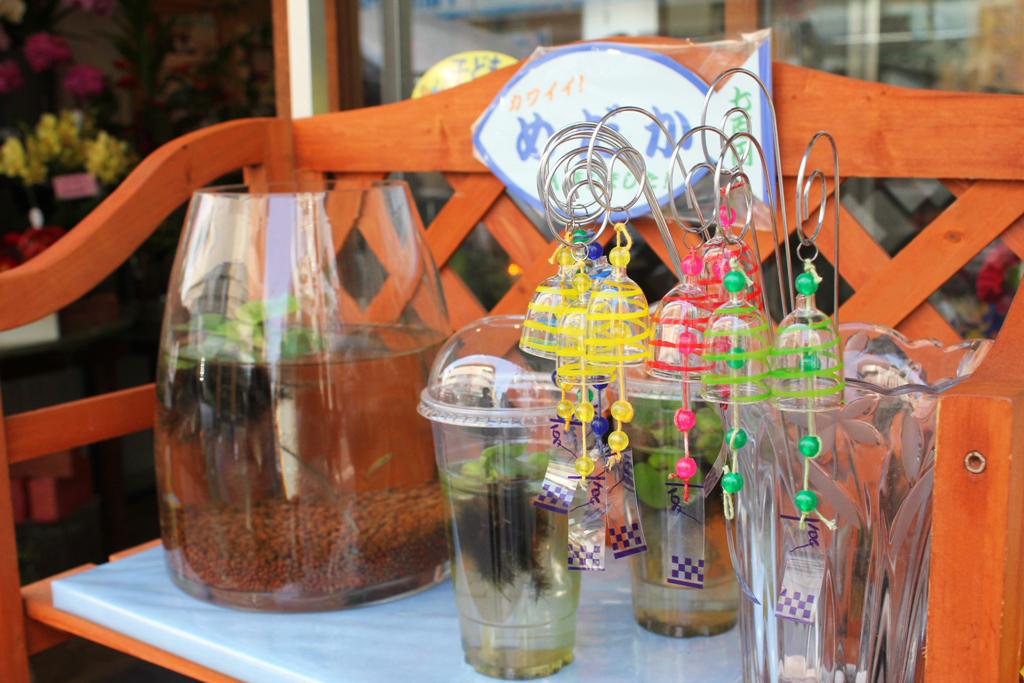
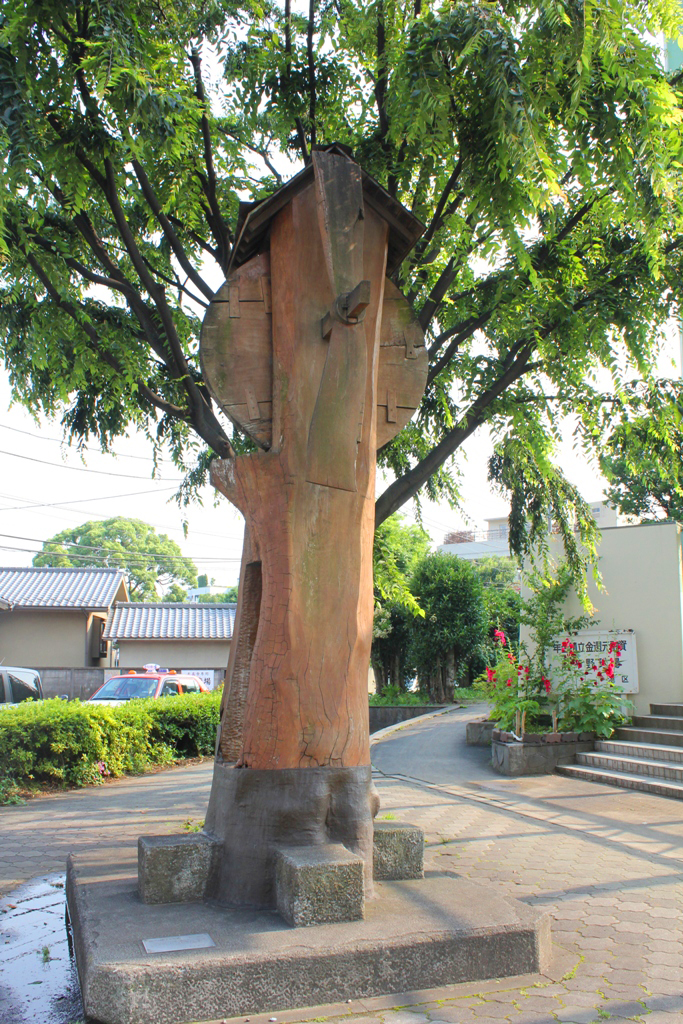
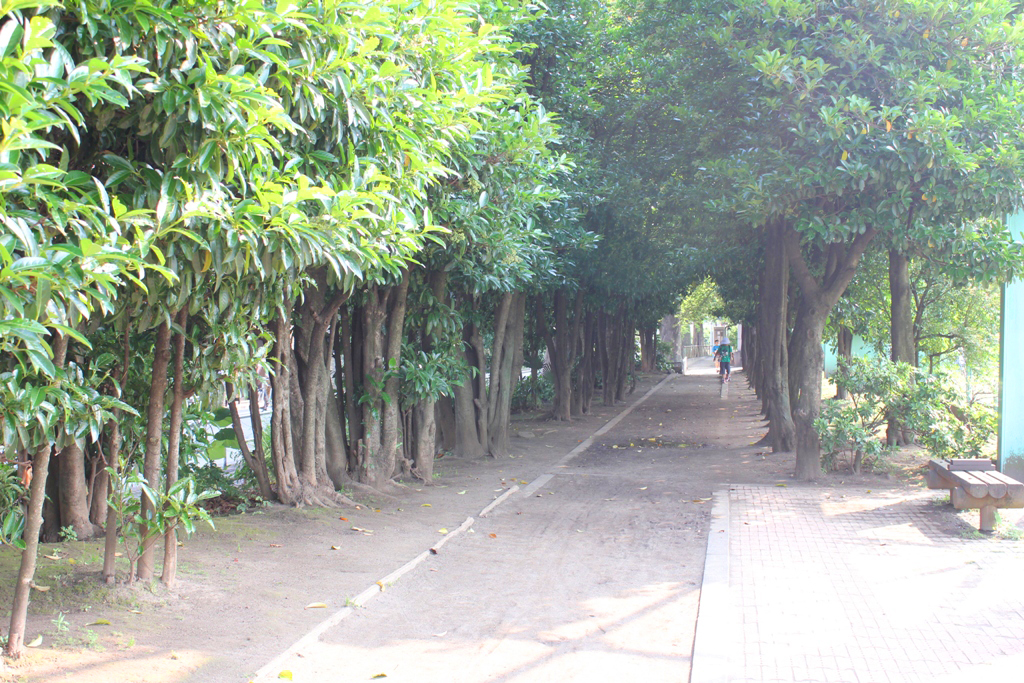
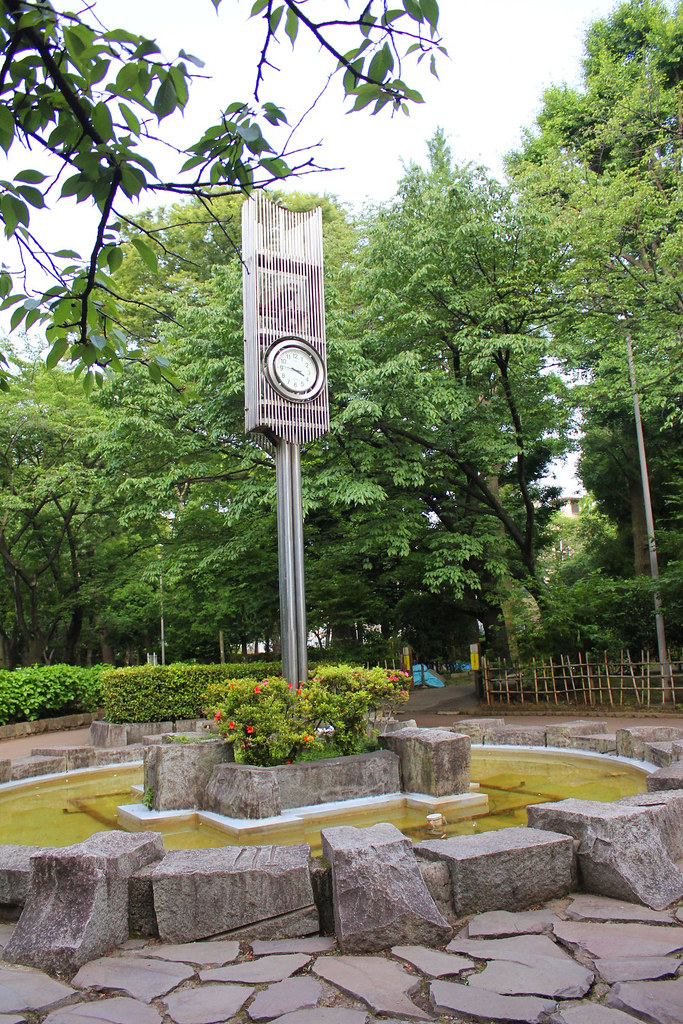
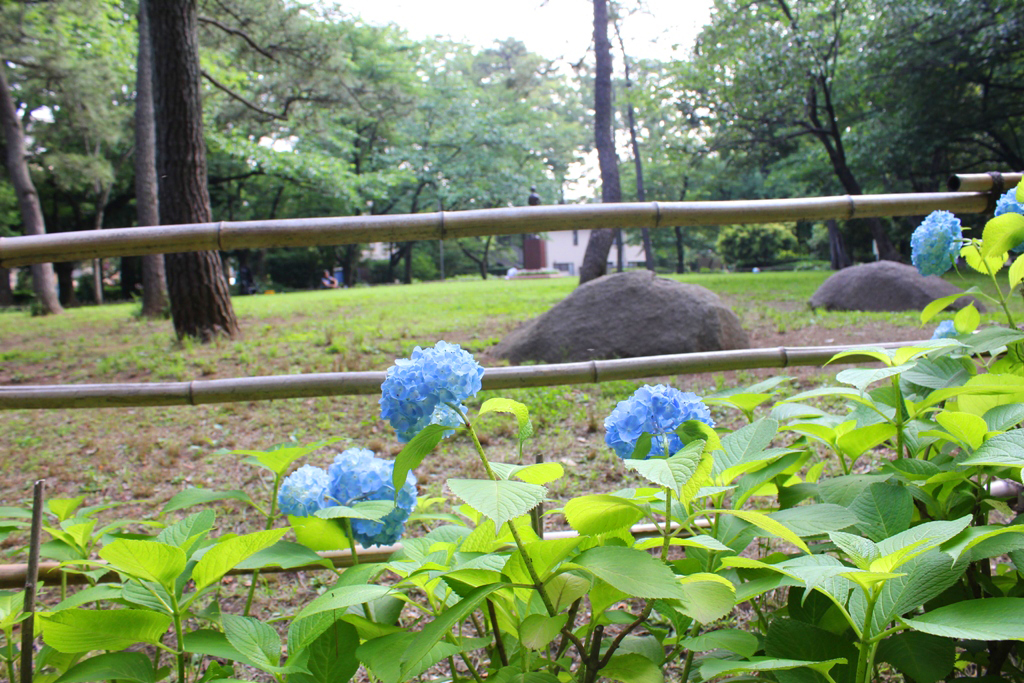
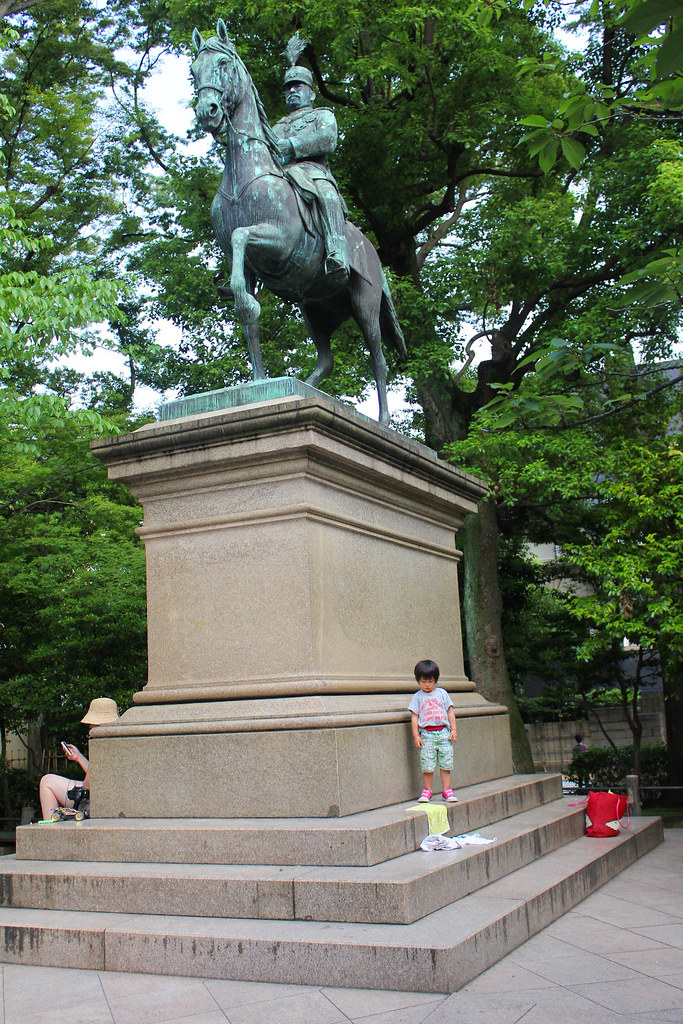

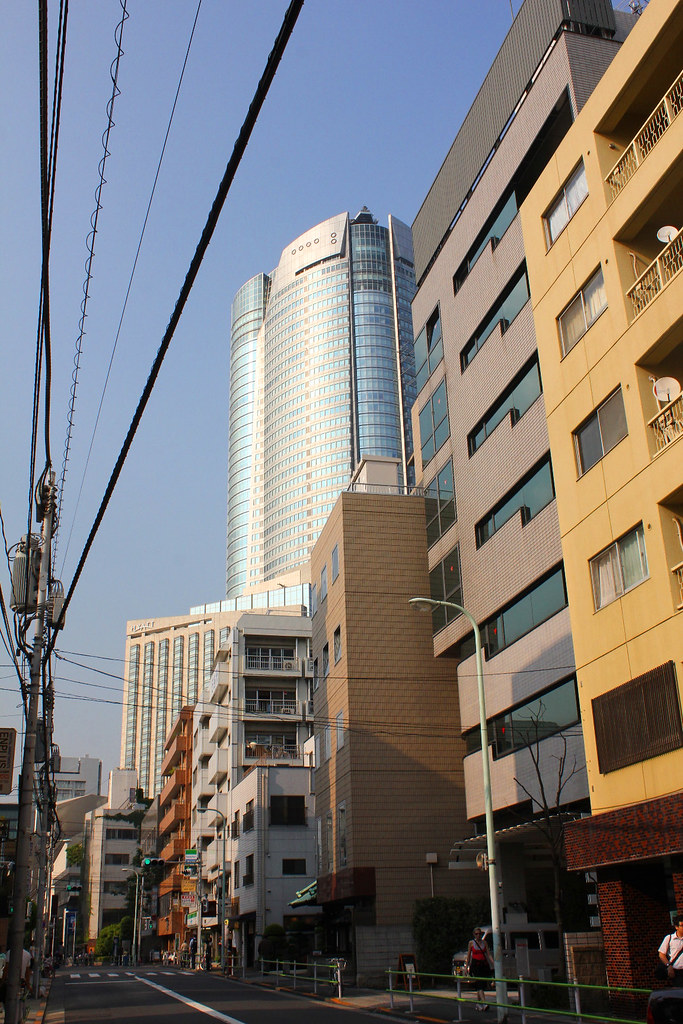
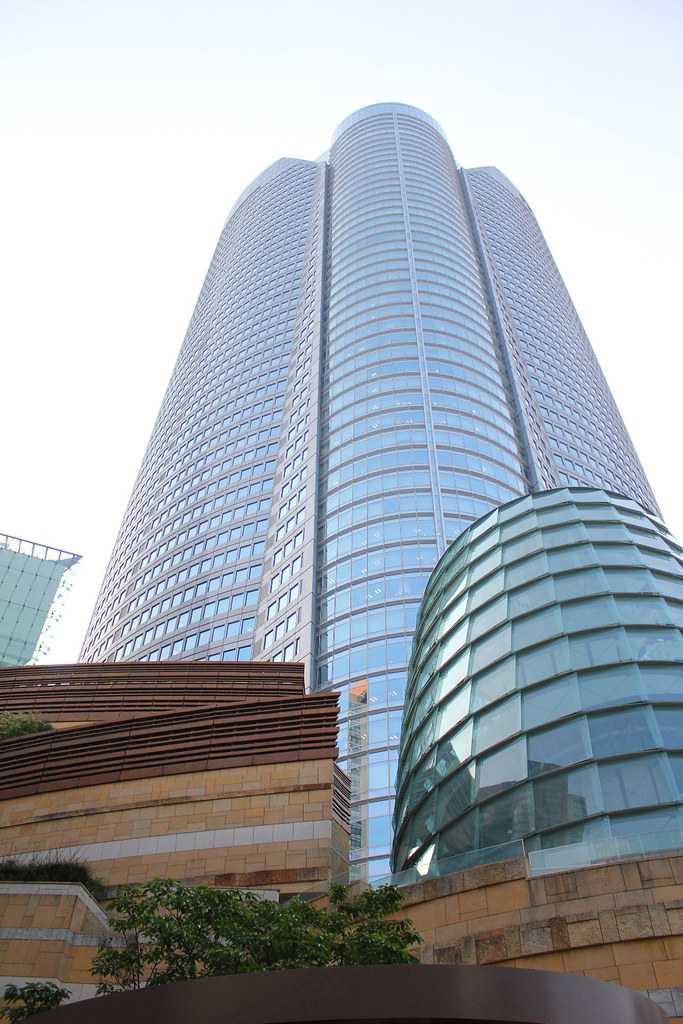
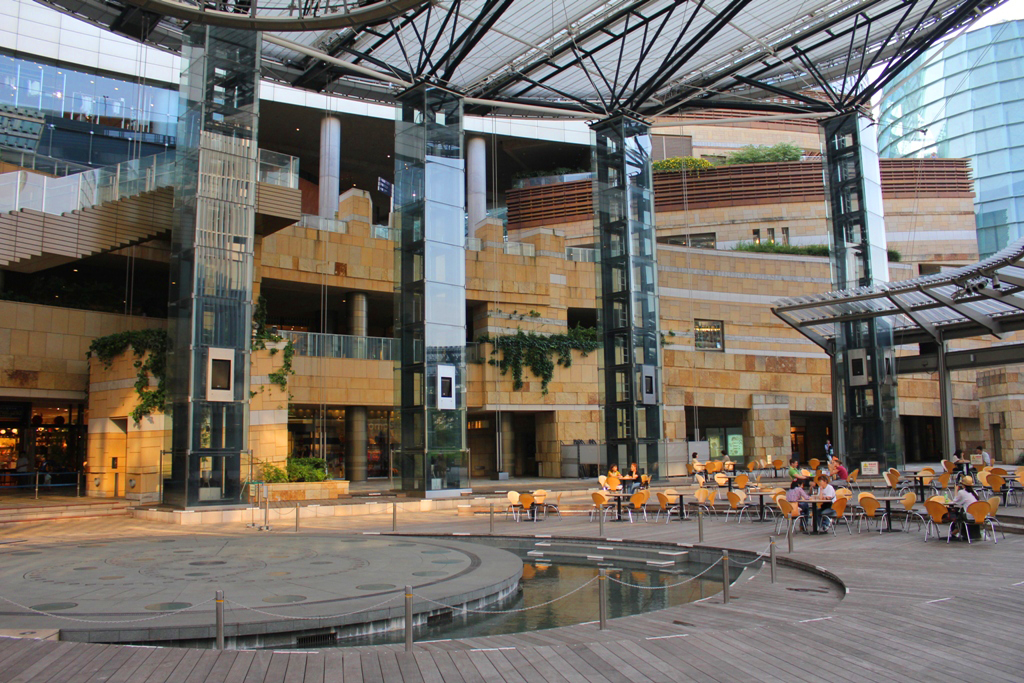

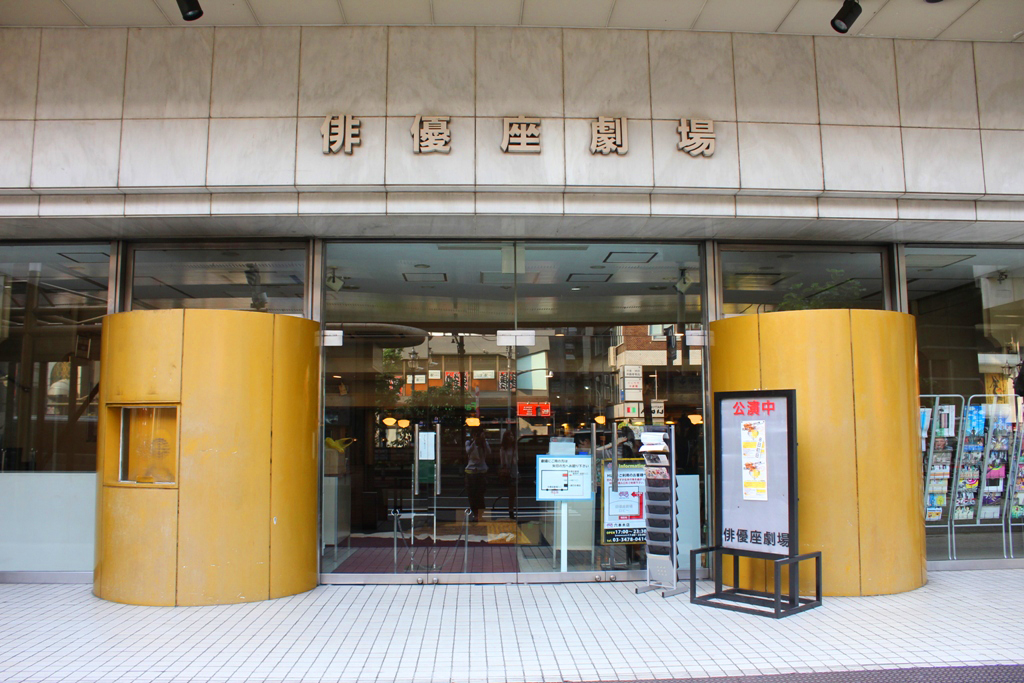











Leave a Reply